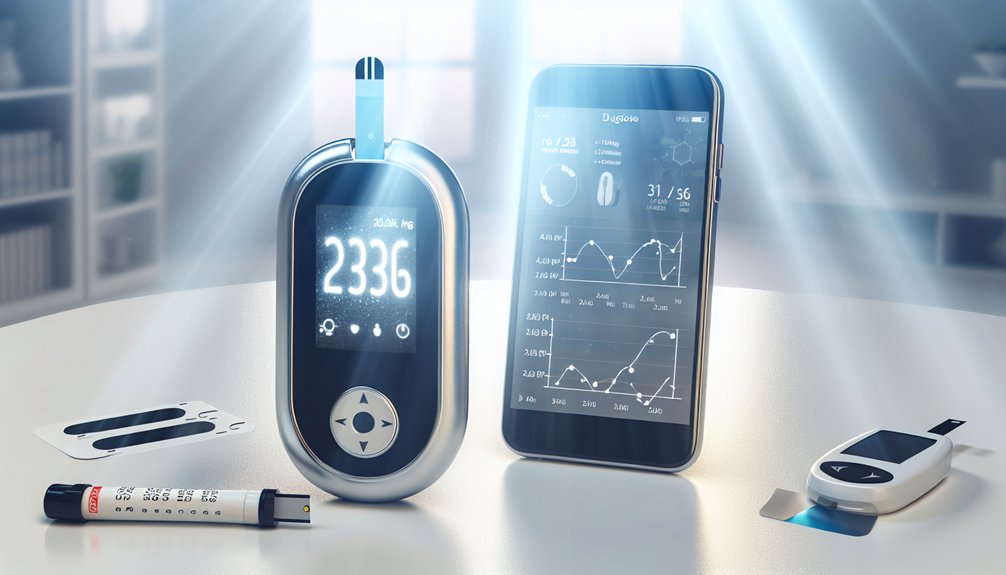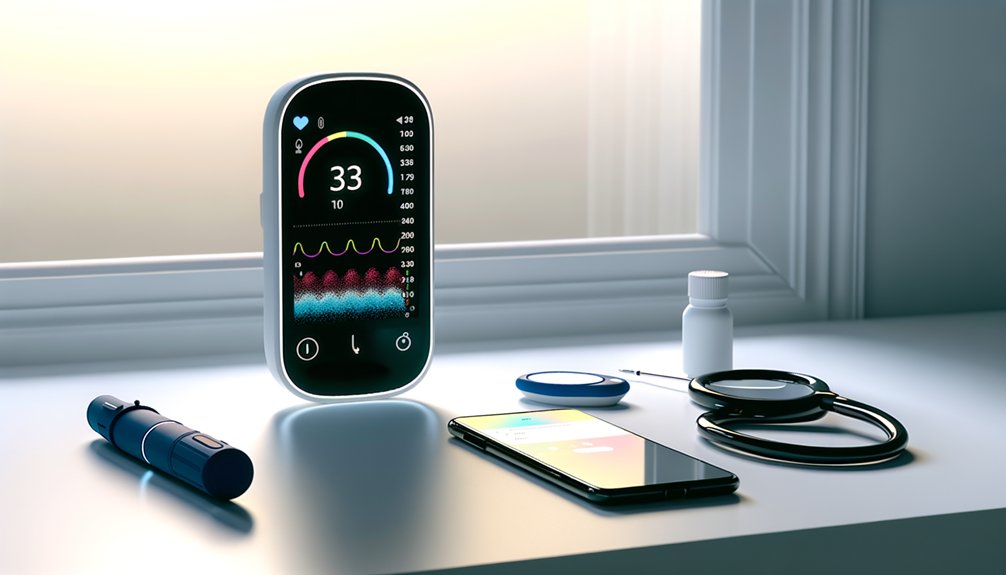Telemedicine is changing lives for those managing diabetes. It allows patients to connect with healthcare providers from home, making visits feel less intimidating. With regular remote monitoring, many have seen their blood sugar levels stabilize—some even report feeling more engaged in their care. It’s especially helpful for those facing challenges in accessing traditional healthcare. Imagine receiving advice just when you need it! There’s much more to explore about how technology is shaping diabetes management and improving lives.

In a world where technology often feels overwhelming, telemedicine for diabetes emerges as a beacon of hope, especially for those traversing the daily challenges of managing their blood sugar. Imagine a patient diagnosed with diabetes who faces the struggles of frequent doctor visits, long commutes, and the anxiety that comes with checking glucose levels. Telemedicine offers a solution, allowing these patients to receive care from the comfort of their homes, making life a bit easier.
Research shows that telemedicine is particularly effective for insulin-treated diabetes patients. It helps manage fasting blood sugar levels better than traditional care. While the control of post-meal glucose levels is similar between telemedicine and in-person visits, the real magic happens in the long-term management of diabetes. Telemedicine programs have helped many maintain their HbA1c levels, which is vital for overall health. Patients often report feeling more engaged and supported, leading to improved treatment adherence and better quality of life. Additionally, remote monitoring is identified as the most effective telemedicine intervention for diabetes care, enhancing treatment outcomes without compromising quality of life. Modern AI health assistants are now being integrated into telemedicine platforms, providing real-time support and personalized care recommendations.
Telemedicine enhances diabetes care, improving fasting blood sugar management and long-term HbA1c levels, fostering patient engagement and adherence.
For those living with type 2 diabetes, telemedicine has shown even greater benefits. With regular remote monitoring, patients have seen a notable decrease in their A1C levels, sometimes by about 0.6%. This is particularly heartening for minority populations, like Black and Latino communities, who often face additional barriers to care. Telemedicine meets them where they are, making healthcare more accessible. Additionally, telemedicine’s effectiveness in stabilizing fasting blood sugar (FBS) levels has been shown to be statistically significant in studies involving insulin-treated patients.
However, the journey isn’t without its bumps. Some studies reveal that telemedicine-only care may not always lead to significant HbA1c reductions, especially when compared to in-person visits. This indicates that while telemedicine is a powerful tool, it may need to be combined with other forms of support for certain patients.
Ultimately, telemedicine stands as a promising ally in the fight against diabetes. By embracing technology, patients can navigate their health journey with more confidence, making every step a little lighter in the pursuit of better glucose control.
